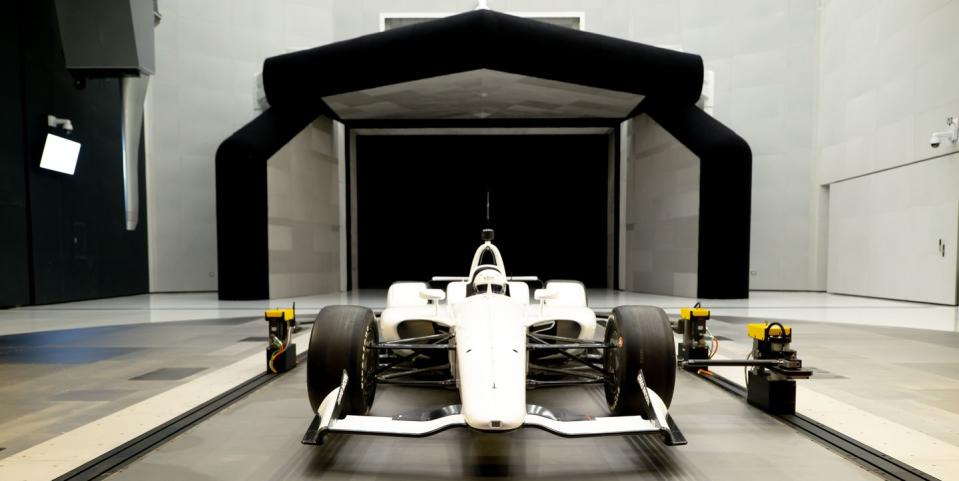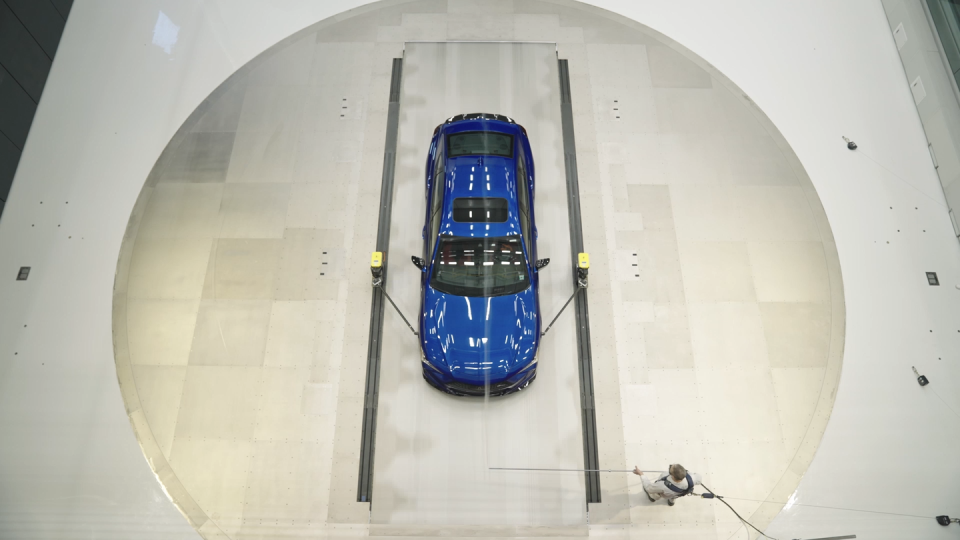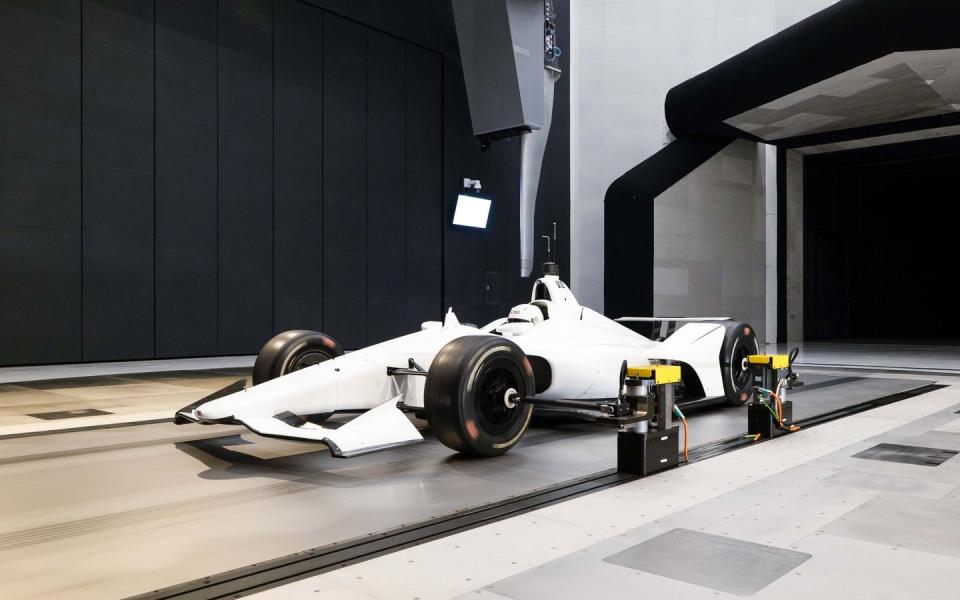This Badass Wind Tunnel Could Clear the Way for the Quietest Vehicles Yet

You might expect an automaker with Honda’s reputation to have all the latest tools for developing cars—including new battery electric vehicles (BEVs)—at its fingertips. But for years, the Tokyo-based automaker has actually been leasing wind tunnels from other car and aerospace companies and governments around the world to bolster its own facilities. That will change this fall when Honda finishes calibrating its $124 million state-of-the-art wind tunnel in East Liberty, Ohio, and begins aerodynamic testing.
The new Honda Automotive Laboratories of Ohio facility (HALO, for short) will do more than just help shape street cars and race cars to be aerodynamically slippery and fuel efficient; it will also allow Honda to fine-tune the sound of the air flowing over those vehicles. Wind noise is noticeable in any car, but in a battery electric vehicle, it’s a major distraction. A wind tunnel that can help designers minimize the noise could be a boon to the electric vehicle (EV) industry.
It’s reasonable to associate wind tunnels with aircraft, since aviation drove pioneering work in aerodynamics forward. However, wind tunnels have also been fixtures of the automotive industry since 1960, when the first purpose-built automotive wind tunnel—the Motor Industry Research Association tunnel—became operational at a former Royal Air Force airfield in Warwickshire, England. To provide airflow, it used four aircraft propellers as fans, each driven by a 325-hp electric motor.
In the decades that followed, automotive wind tunnels proliferated globally, including a trio of Honda tunnels in Japan. While Honda’s wind tunnels have served well, they haven’t been able to keep up with the company’s vehicle development demand, particularly in its biggest market, the United States.
“We had been renting [wind tunnel] facilities all around the world for the longest time,” Mike Unger, full-scale wind tunnel lead at Honda R&D Americas, tells Popular Mechanics. “It costs a lot of money to ship rather expensive prototype cars around the world.”
That strategy also puts such one-off prototype cars at risk, as evidenced by the sinking of the roll-on roll-off car carrier Felicity Ace back in March, when thousands of luxury vehicles—Porsches and Lamborghinis among them—went down with the ship after it caught fire in the Atlantic Ocean. Not to mention the other thorn in Honda’s side: the expense of having its engineers continually traveling (sometimes as much as two weeks a month) to leased wind tunnels across the map.
“It got to the point that our development load became high enough that [leasing] didn’t make sense anymore. We finally came to the conclusion that ‘Hey, we should build our own wind tunnel,’” Unger says.
The Sound of Drag

Discussions about a new tunnel began in 2015, when Honda envisioned a facility that could measure all the things that automotive engineers and designers care about most, from a vehicle’s overall coefficient of drag (a measure of the resistance of an object in a fluid environment such as air or water) to the way the air rushing over it sounds to the driver and passengers.
The automotive industry “only builds one of these kinds of tunnels every 10 years,” Unger explains, so getting the most out of it is vital. That includes integrating aeroacoustics—the ability to measure the sound around a car—for one very important reason.
“With BEVs there’s no more engine and no more exhaust, so wind noise becomes much more noticeable,” Unger says. (While BEVs are EVs, not all EVs are BEVs; battery electric vehicles store electricity provided from an outside source in a battery, while electric vehicles can receive electricity from onboard stored hydrogen, an internal combustion generator, or even solar panels.)
Minimizing wind noise for electric vehicles is a new facet of the noise vibration and harshness (NVH) factor that automakers have sought to tune and diminish for decades. It’s also something manufacturers can ultimately tout in their marketing. Honda’s new tunnel includes a system of acoustic arrays, made up of microphones and cameras, which are able to precisely measure sound in real time. The quietness of the tunnel itself even bolsters the sensitivity of the arrays.
“If you’re standing inside the [tunnel] test section, the wind noise at 87 mph is less than 57 [decibels],” Unger shares.
According to Yale University’s decibel level comparison chart, that’s comparable to the hum of a household refrigerator. Despite the wind generated by a huge 26-foot-diameter main fan, powered by a 6,700-hp (5-megawatt) electric motor, the quietude inside allows for more precise sonic measurement of cars or other objects placed therein. The power supply comes courtesy of Honda’s Transportation Research Center (TRC), which surrounds the new facility.
Aero for Everything, from Econoboxes to Halo Cars


 Yahoo Autos
Yahoo Autos 